
Running Commentary 5/8/2023
Hello,
With the weather warming, I've been on a few birding trips. Recently I made my way to Kensington Metropark, a greater Detroit-area park known for it's very friendly resident flock of sandhill cranes. Here are some photos from the day:
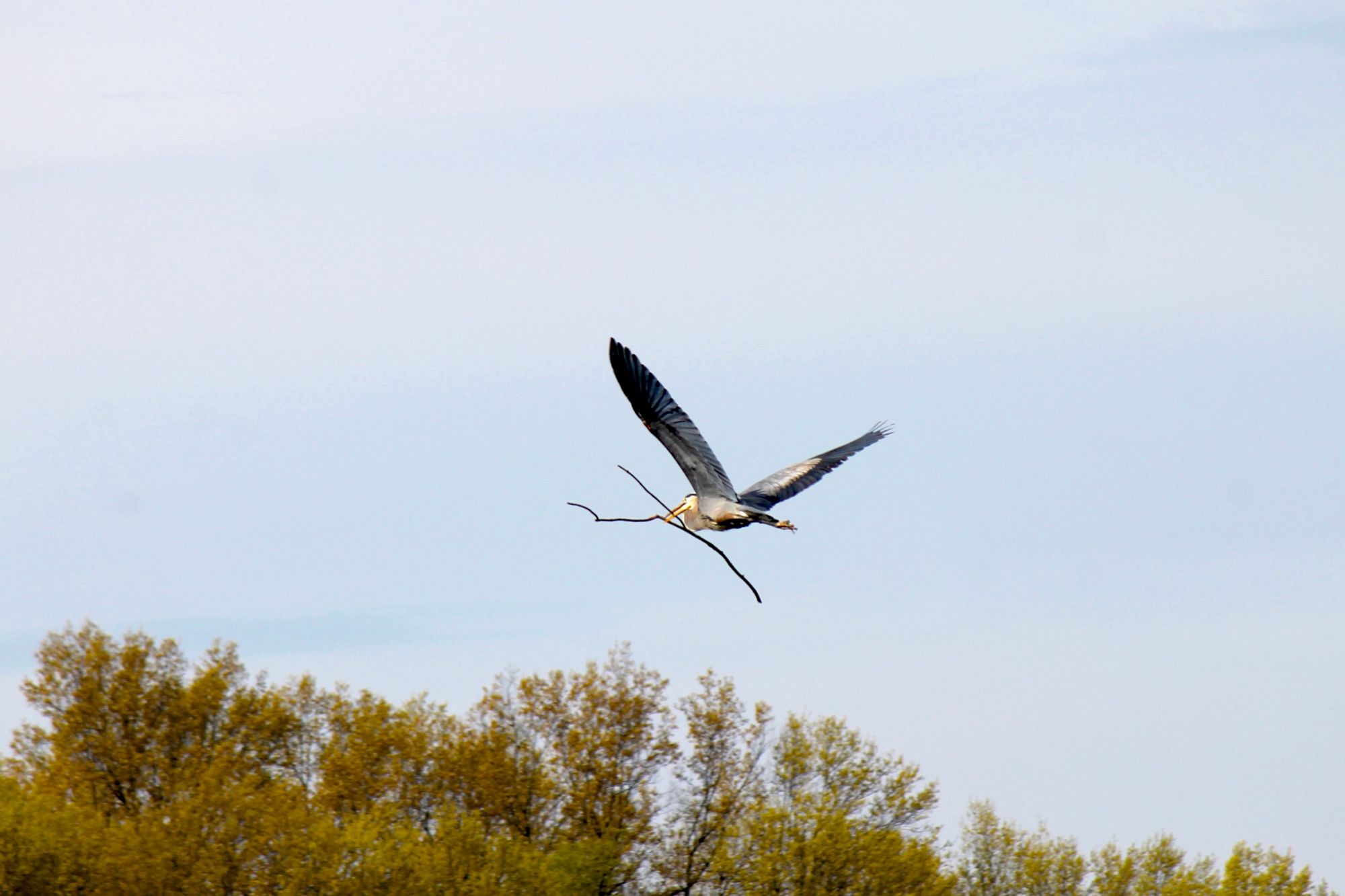
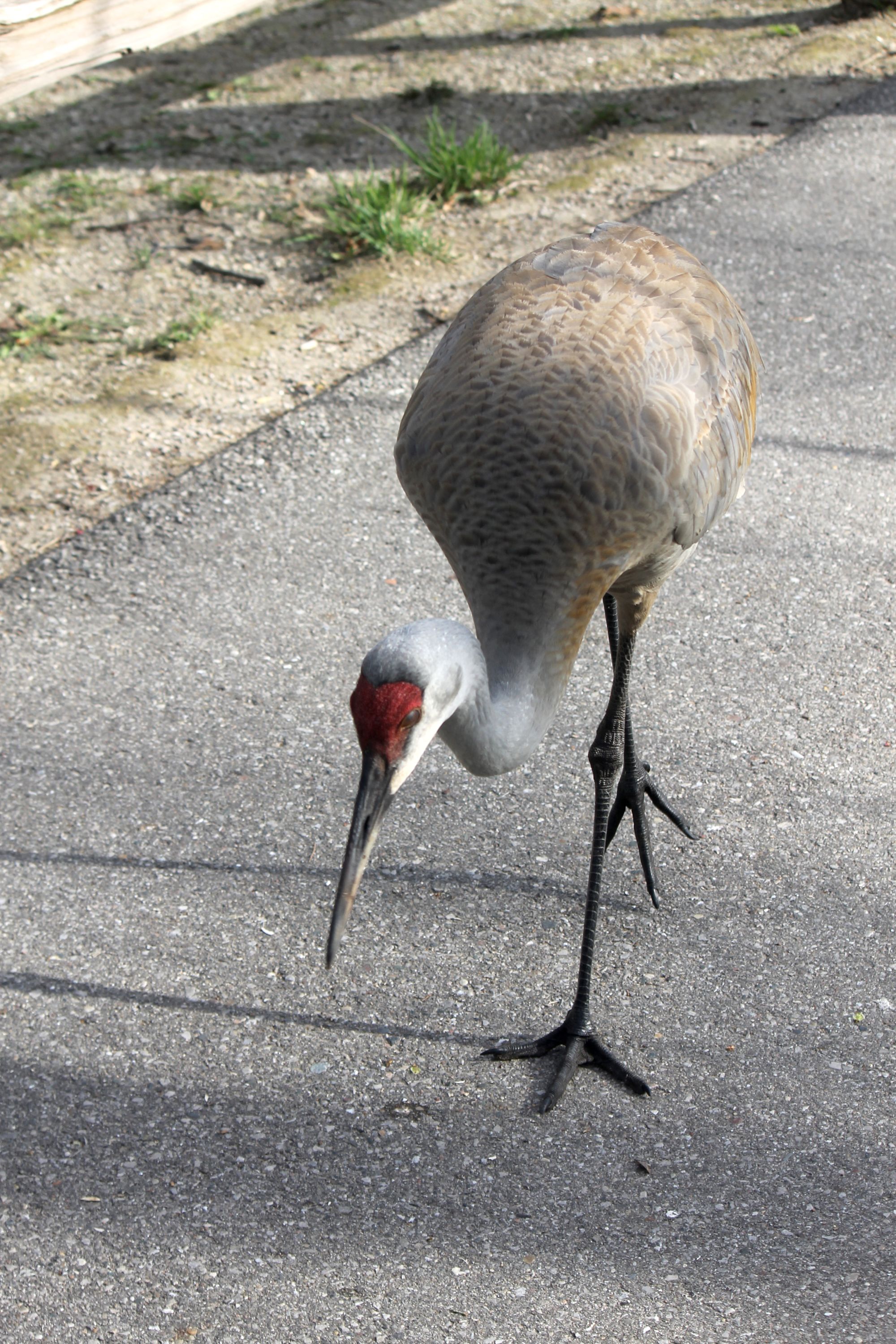
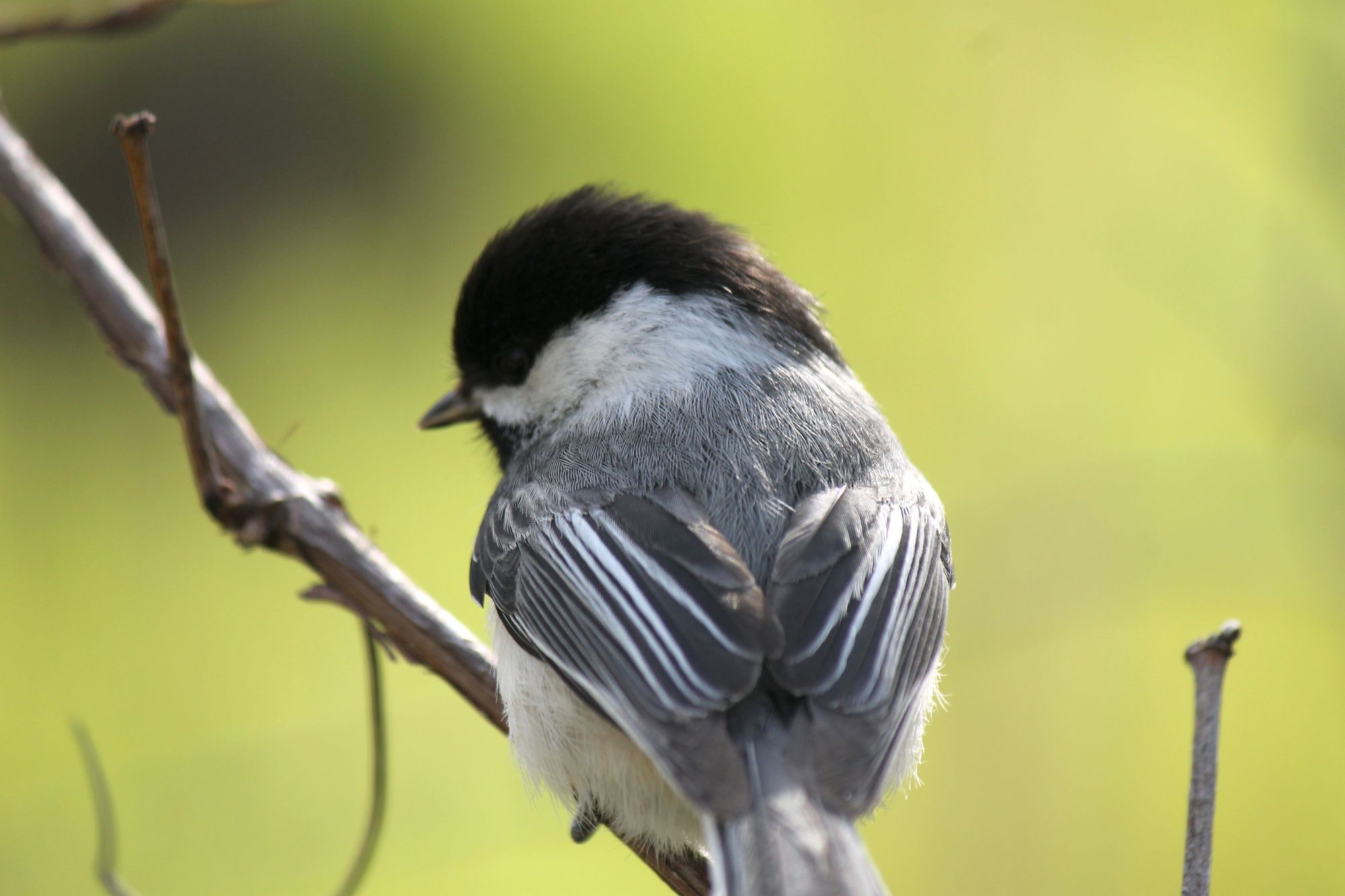
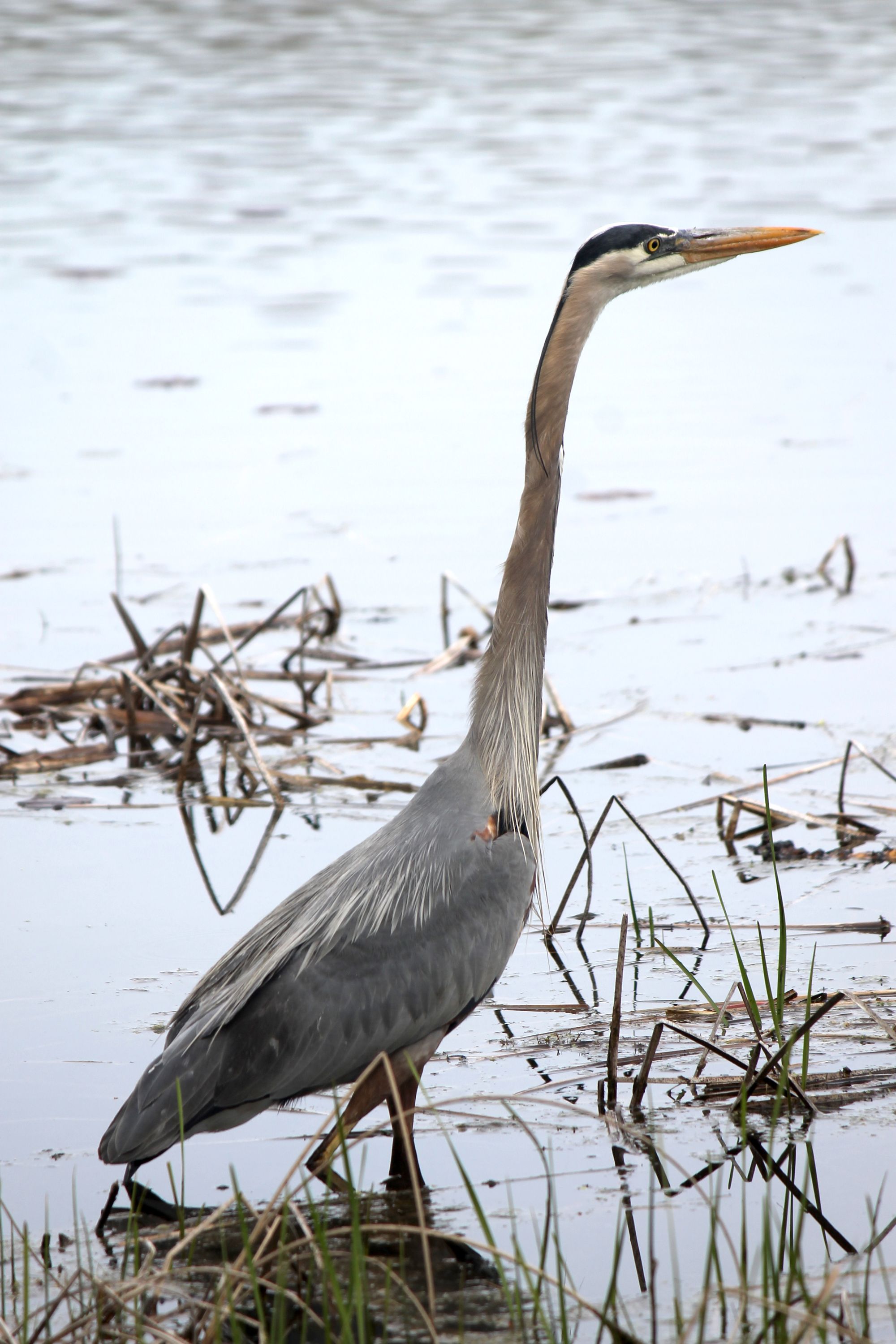
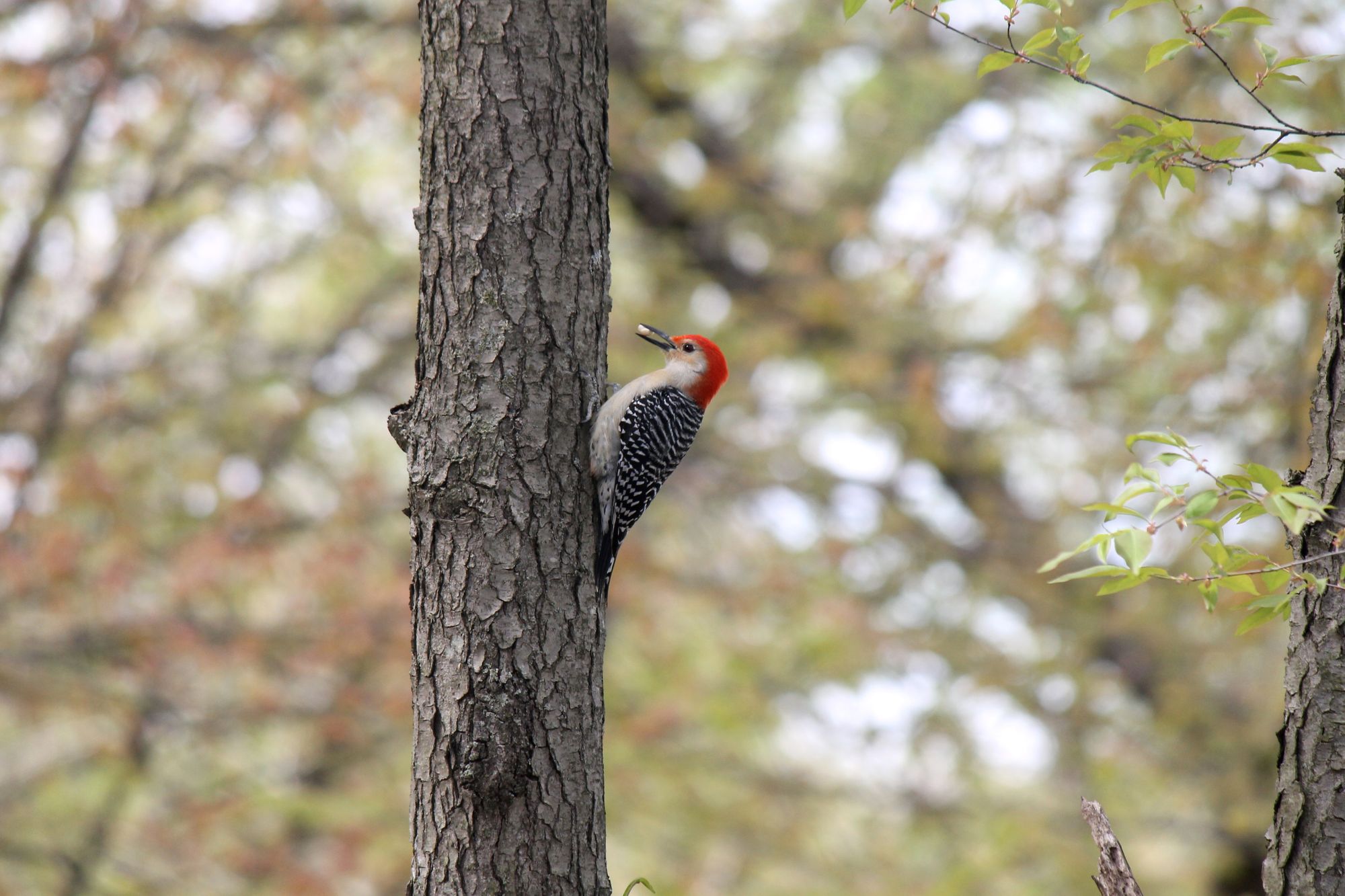
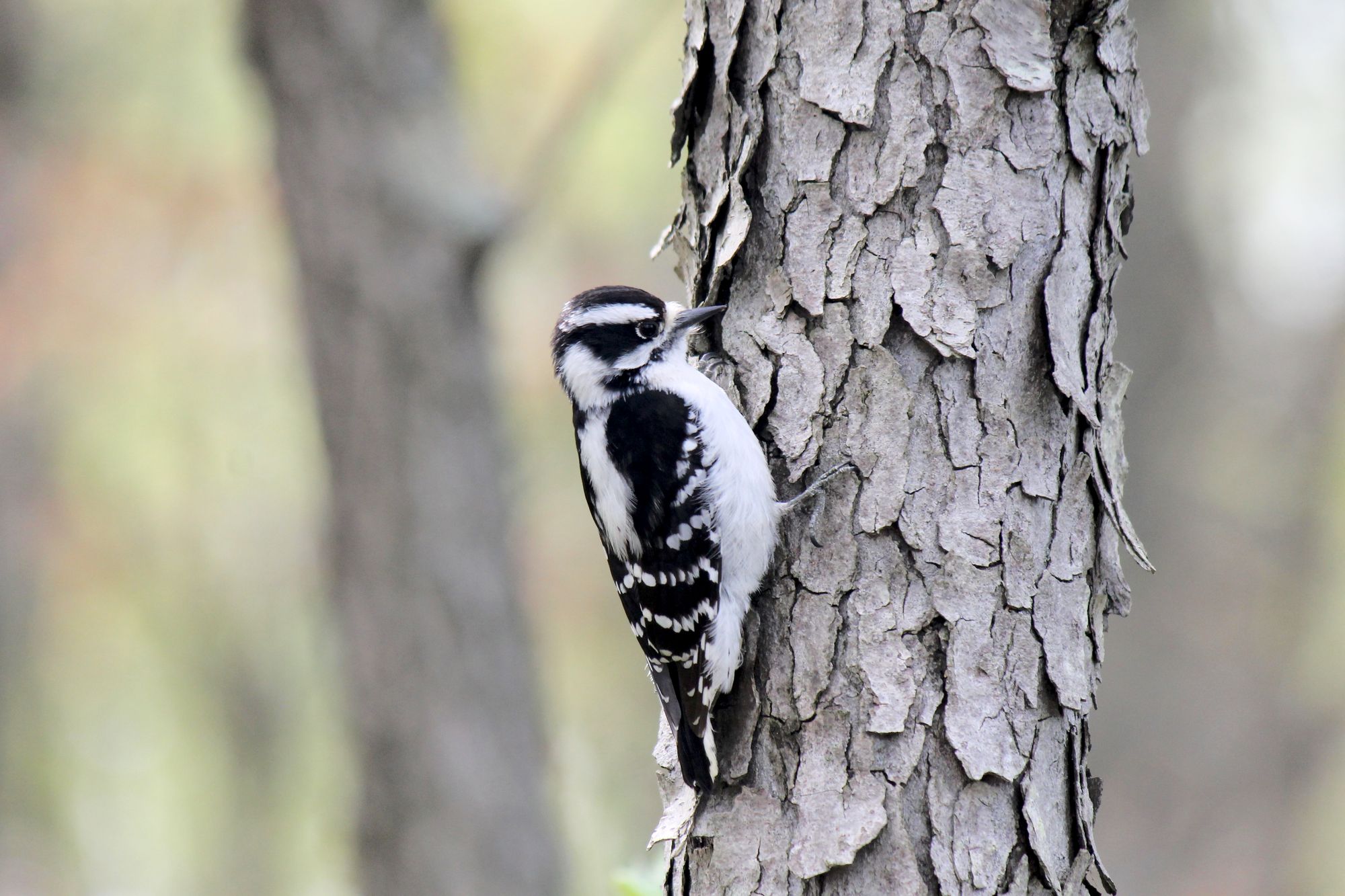
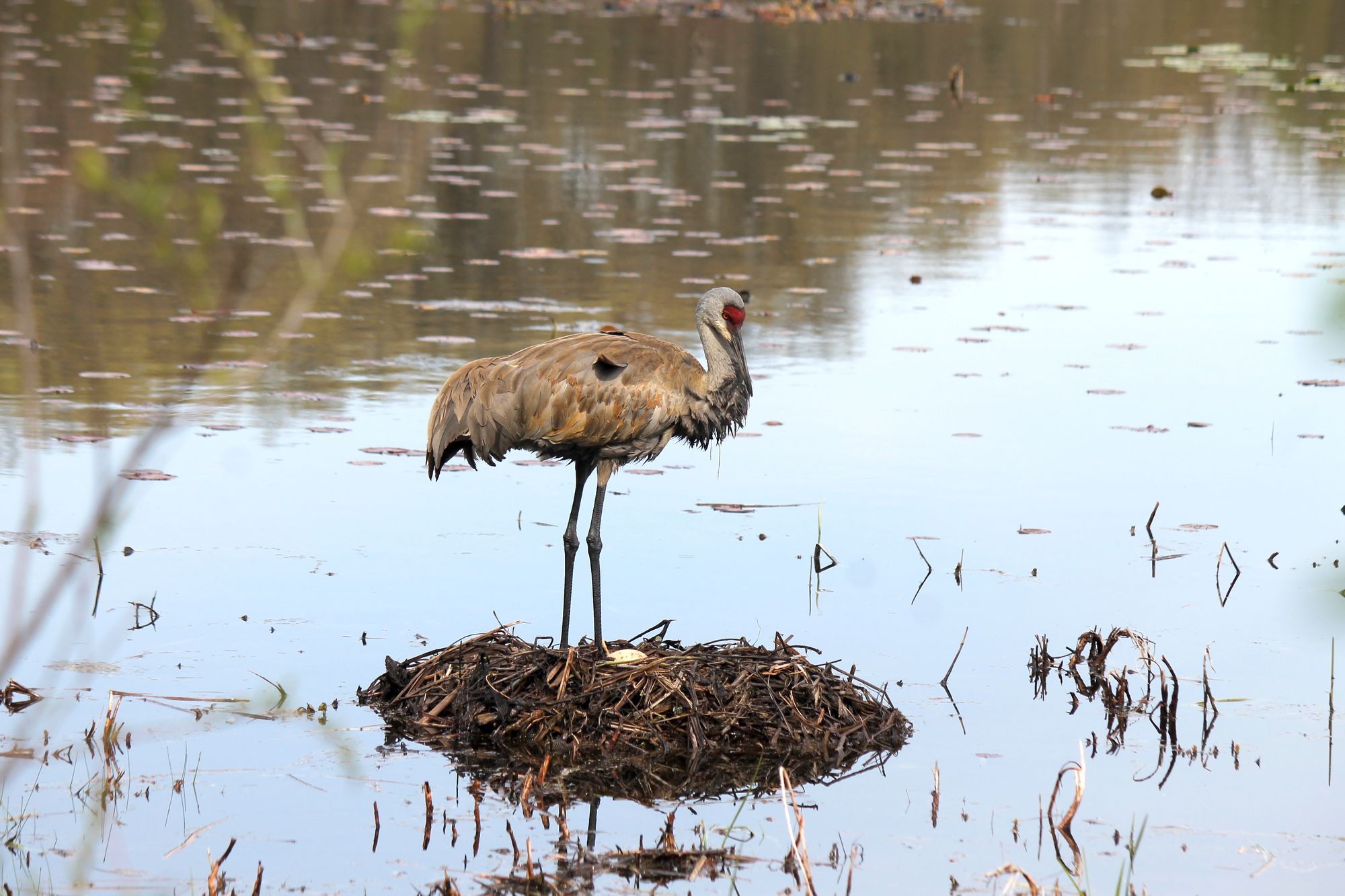
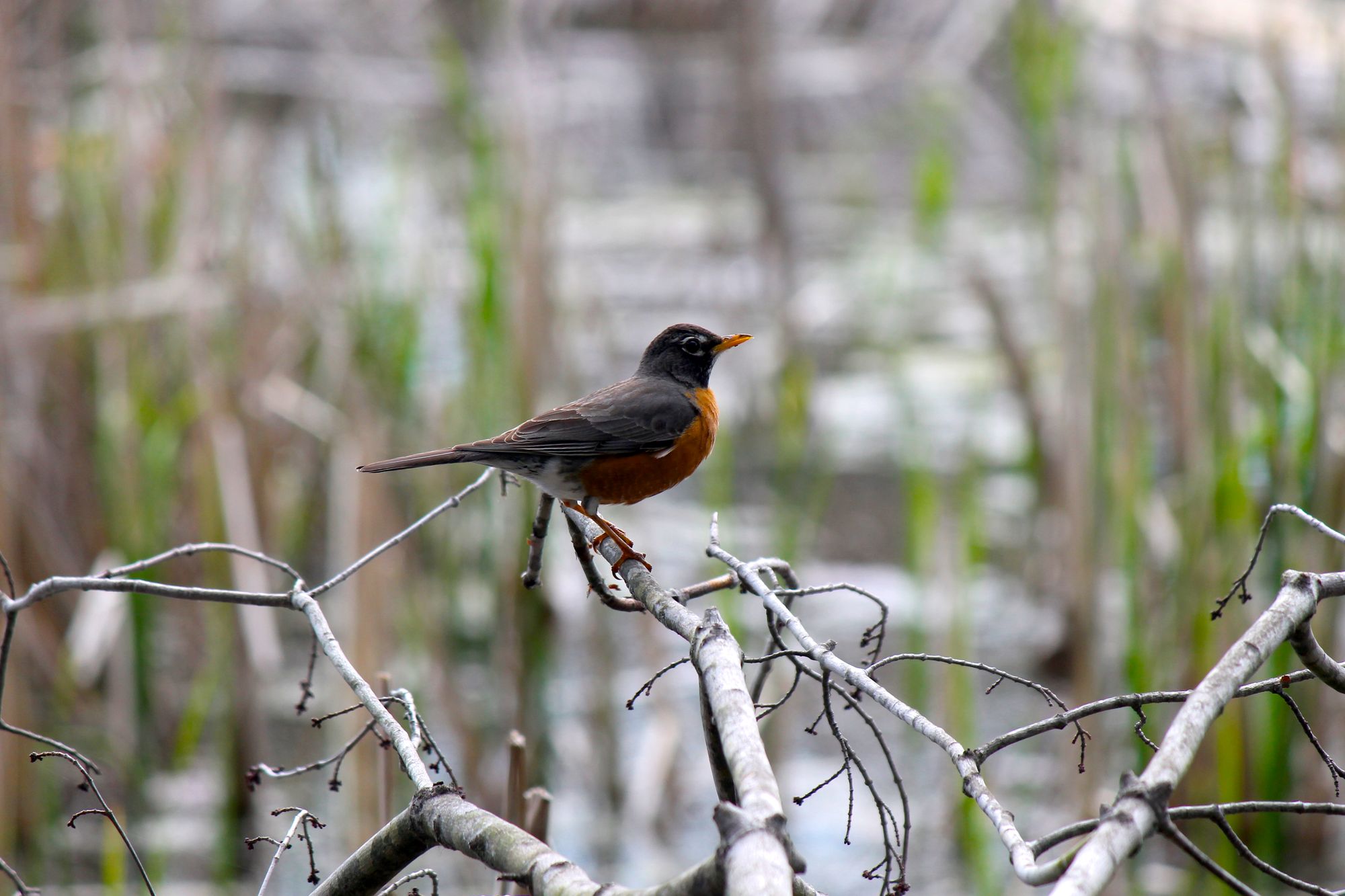
The cranes got close enough that I could have touched them, although I doubt they'd have liked that. The other birds are accustomed to people feeding them out-of-hand, so they came close enough to me that I actually got some pretty good close-up shots.
Anyway...
Watching...

BattleBots
The tournament has kicked off. Half of the first-round fights have been fought, and my bracket is still mostly intact. Let's look at the fights:
- WITCH DOCTOR v JACKPOT - Jackpot got completely trashed in this fight. It's honestly really impressive how they were still able to drive with their frame that deformed. Witch Doctor doesn't have the clearest path to the finals, but I expected them to win this first fight at least.
- HYPERSHOCK v LUCKY - There was a time when Lucky stood an even chance against Hypershock, but unfortunately, Will Bales has learned how to flip his bot back upright this season. Lucky took a lot of damage without really being able to do anything to Hypershock, especially after getting its flipper knocked in. Still, their durability staved off a knockout, which is worth commending.
- LOCK-JAW v BLOODSPORT - The first of two matches to go differently than I had predicted. Lock-Jaw is especially good at pulling off long-shot victories. Their wheels are some of the most exposed of any bots, but Donald Hutson seems perfectly able to drive so long as ~1.5 of the four wheels remain intact. (He must be really good with supermarket shopping carts, given how well he can account for busted wheels pulling him off-course.) Bloodsport still had this fight until it made one mistake and went weapon-to-weapon, knocking itself upside-down. It's Gigabyte-like self-righting bar didn't work in absence of a running spinner, and the tournament had its first upset.
- RIPTIDE v SHATTER - This was the fight everyone was talking about afterward, and the one BattleBots posted to their YouTube channel. It went about how I expected; Shatter actually had their best performance of the season here, despite getting tossed around the arena throughout the match. What was more discussed was the time before and after the match. Beforehand, Team Riptide were apparently trying to attach a toy pickaxe to their bot as an entrance gag, but they hadn't cleared that with a production. Adam Wrigley of Shatter, having been hearing rumors that Riptide was exceeding weight and weapon speed limits, pushed for a re-weigh, which Riptide passed with a weight somehow 2 lbs. under what they'd initially weighed in at. (A weight difference of less than 1%, particularly one that made the bot lighter, makes me suspect that the scale needs a tune-up moreso than that anything nefarious is going on.) Afterward, Ethan Kurtz of Riptide accused Wrigley of being paranoid and trying to stop Riptide from competing in the post-match interview, which left Wrigley too mad to shake Kurtz's hand. While Discovery is absolutely trying to play up drama between Riptide and other teams (as in the phony beef with Mad Catter) between this and blasting an already knocked-out Captain Shredderator to bits Riptide really haven't made any friends this season. I suspect we'll see some rule changes in response to the Shredderator fight; I don't think there's much to be done about general rudeness though.
- MAD CATTER v CLAW VIPER - This was the other fight I guessed wrong on. Claw Viper was doing well for a while, but Mad Catter's weapon wore them down, they tripped over a fallen BattleBots sign, and wound up upside-down for the last half of the fight. Claw Viper appealed the judges' decision, but that seemed like a last-ditch attempt to stay in the tournament moreso than a serious challenge to the judges' reasoning. I'm sad to see Claw Viper go; they can be proud of a really good run this season.
- HUGE v SKORPIOS - I could tell this one was going to be quick based on how the broadcast was delaying getting it started. Usually they fill extra time after the fight. This went how I expected it to. Skorpios was able to take off both of Huge's anti-tip bars, but never landed a good shot to its middle. Huge wins its fifth match in a row, and advances to fight Mad Catter. I had predicted that it would be facing Claw Viper, who I thought had a good chance at beating it. Mad Catter will have less of an advantage.
- COPPERHEAD v ROTATOR - This was a brutal fight on both sides. Copperhead advances but they took drive damage, and I wonder how far they'll be able to make it into the tournament given that they don't have the same arsenal of spares that some other teams have.
- END GAME v TANTRUM - The champs are out. Like Shatter, Tantrum lost despite their best performance in the season. Their self-righter actually worked this time. But End Game is End Game, and they don't tend to lose unless they make an error, which they didn't here.
Reading...

The Toaster Project by Thomas Thwaites
Toasters occupy an interesting category of consumer goods; they are simple enough in concept that the average person can understand what they're doing, but complex enough that the average person couldn't readily make one themselves. A fork, or a baseball bat, or a cotton swab could be replicated, albeit crudely, at home. A computer, a refrigerator, or a brushless electric motor are all sufficiently intricate and based on complex enough physical concepts that, to a layperson, they might as well be magic. But there are certain things, such as bicycles, ballpoint pens, and, yes, toasters that are simultaneously comprehensible to their users and manufacturable only by experts.
The Toaster Project recounts the author's attempt to make a working toaster at home, using raw materials and pre-industrial methods, no less, in an attempt to understand how the industry is able to make so many toasters so cheaply. Thwaites gave himself three rules:
- "My toaster must be like the ones they sell in shops."
- "I must make all the parts of my toaster starting from scratch."
- "I must make my toaster at a domestic scale."
To best follow Rule 1, Thwaites starts by buying the cheapest toaster available in a British supermarket and tearing it apart, cataloging and counting each part and material he finds. From hundreds of parts made from dozens of materials, Thwaites distills an essential concept of a toaster made from just 5 things: iron, mica, plastic, copper, and nickel. Per Rule 2, Thwaites can't just buy material stock; he must gather his material from nature. (He has mixed success doing this. He is successful in finding mica in a natural formation, and iron and copper he finds in old mines, but he is forced to cheat a bit in obtaining plastic and nickel.) Conforming to Rule 3 means that he can't use anything not commonly found in a British home, such as a milling machine with a CAM suite.
As I said, Thwaites has to cheat a bit to get some of his material, but once he has it he does well in fashioning it into a working toaster. The whole project is undertaken as a capstone to Thwaites' art degree; he has no formal background in manufacturing or engineering, as is quite apparent when he pour-casts polypropylene as one would aluminum, but that's actually quite in keeping with the spirit of the project. The point is to investigate what toaster manufacturers can do that ordinary, non-manufacturers-and-engineers cannot.
What Thwaites finds is nothing groundbreaking (toasters are cheap because the division of labor, the economy of scale, and the ability to offload environmental hazards associated with raw material production onto developing countries make manufacturing in the modern world very cheap generally) but the way he goes about demonstrating all that by actually making a toaster without specialized knowledge, large scale, or offshoring his problems make this book uniquely impactful. The Toaster Project owes a lot of its concept to "I, Pencil", but Leonard Read never actually went and made his own pencil to show how hard it would be for an individual to do so.
The Toaster Project is a very slim volume (191 pages, including an index and many illustrations, and about 5"x7"x0.5" as a paperback). A quick reader could get through it in a couple of hours. A reader wishing to also make their own toaster might be able to follow Thwaites' methods; the process is detailed enough to be at least a good starting point. Just be warned, the final price of Thwaites' toaster's materials, including the mileage to get them, was over £1000, so it's probably best to just read the book and learn from his experience. 9/10
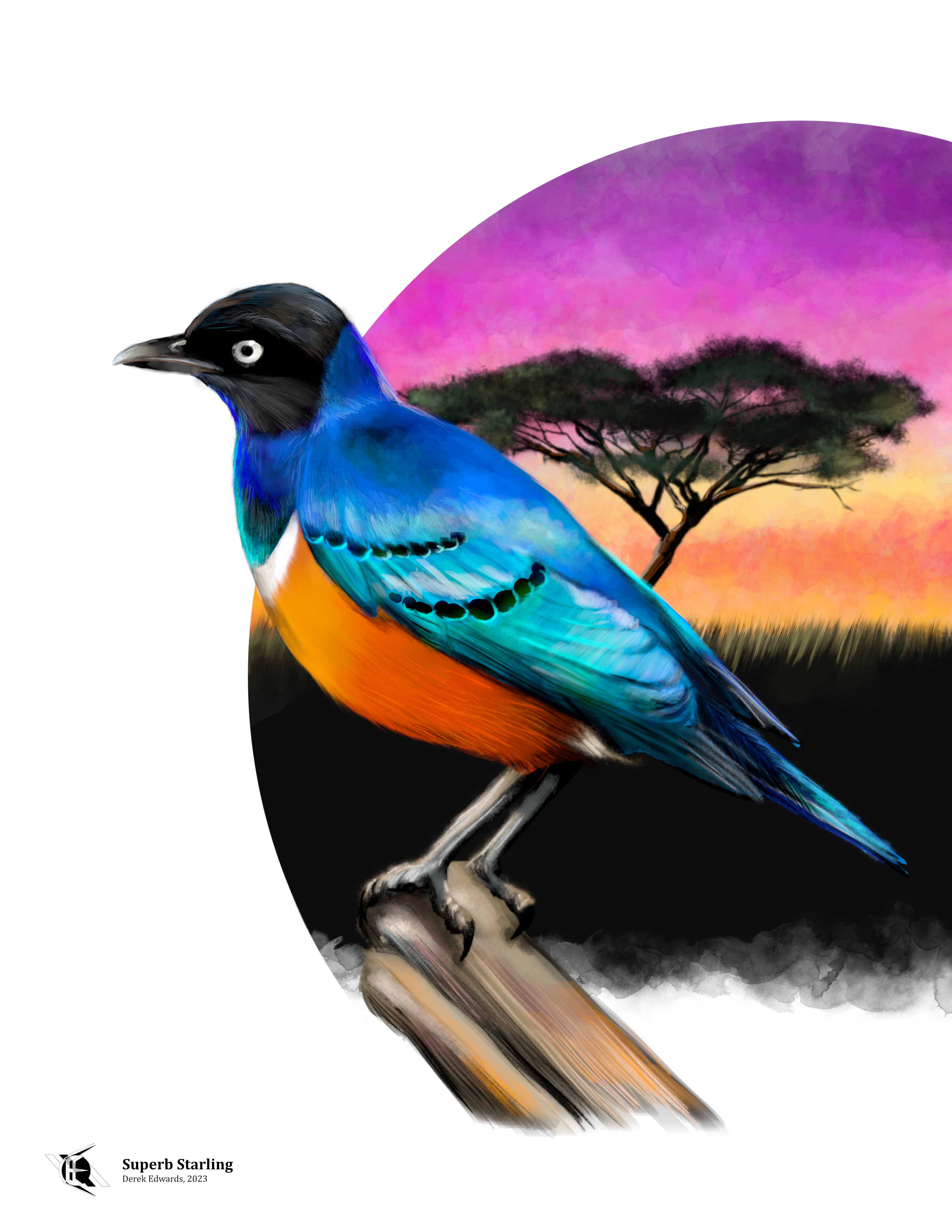
Bird of the Week
A starling is any of 125 species of songbird belonging to the family Sturnidae. Starlings are native to Europe, Asia, and Africa, though the common starling of Europe is perhaps the best-known example of an invasive songbird in North America, and it has also been introduced in South America and Australia. The starlings of Asia and Indonesia are typically called “mynas” rather than “starlings”. The starlings of Africa, which often have especially shiny feathers on their wings, are sometimes called “glossy starlings”. Overall, starlings are smart, adaptable birds, able to live in a wide range of habitats and feeding on an equally wide-ranging diet; starlings include some of the only truly omnivorous songbirds.
The superb starling is a glossy starling found throughout East Africa. It lives in open woodlands, including the iconic acacia savannahs of the Serengeti. It bears a significant resemblance to Hildebrandt’s starling, which is also found in the region; Hildebrandt’s starling is more purple than blue about the neck and shoulders, and it has red, rather than white, eyes. The superb starling is also differentiated by the white line running across the top of the breast of adults, between the blue and orange feathers.
The superb starling feeds primarily on insects, which it captures by forcing its bill into crevices, then opening it to spread the hole wider, allowing for the insects to be more easily seen and reached. Besides insects, superb starlings will feed on fruit and nectar as they are available. Superb starlings are able to find food year-round on the savannah and are not known to migrate seasonally.
While starlings bear a superficial resemblance to the American icterid family, especially the New World blackbirds and the grackles, their closest American cousins are actually the mimids (mockingbirds and thrashers). It should come as no surprise, then, that starlings are some of the most renowned mimics among all birds. The common hill myna, of Southeast Asia, is regarded to be the best mimic of human speech, better than any parrot. The common starling has also been kept as a talking bird, and as a bird that can be taught to sing different songs. The great composer Wolfgang Amadeus Mozart kept a starling, having found it in a pet shop and believing he heard it whistling a variation on one of his own compositions. He kept the bird for three years (until it died close to the death of Mozart’s father Leopold), playing new compositions and listening to the bird sing them back, putting its own spin on the melodies. How many of the bird’s notes is an unanswerable question, but one that is interesting to ponder in an age of generative AI models and the attendant questions about who can lay claim to derivative works not produced by a human mind.
Despite the similarity between a common starling’s white-spangled dark feathers and a clear night sky, the “star” in starling is not a celestial reference. “Star” derives ultimately from the Proto-Indo-European phoneme “ster-”, while “starling” derives from a different PIE root, “storo-”, as does the Latin “sturnis”, which is the root of the starling family name. To science, the superb starling is Lamprotornis superbus. The generic epithet comes from the Greek lampros, meaning “radiant” or “shiny” (and related to the root of the English “lamp”), and ornithos, which means “bird” (as in “ornithology”). It was given by the Dutch naturalist Conraad Jacob Temminck to the glossy starlings. The specific epithet, Latin for “higher than”, was given by Eduard Rüppell, a German explorer of former pharaonic territories, including Abyssinia (modern-day Ethiopia), where he found the bird to possess beauty “above” that of other starlings.
Curation Links
Jean Baptiste Vérany’s Chromolithographs of Cephalopods (1851) | Kevin Dann, The Public Domain Review
“The subtitle of Jean Baptiste Vérany’s Mollusques méditeranéens: observès, decrits, figurès et chromolithographies d'après le vivant promised something quite extraordinary for 1851: chromolithographs of living sea creatures. Since Aristotle’s pioneering accounts of the octopus, cuttlefish, and paper nautilus, great advances had been made in the knowledge of cephalopod anatomy and taxonomy, without parallel progress in understanding these enchanting animals’ ecology and life history. In this first volume of a projected two-volume work on the mollusk fauna of the Mediterranean, both Vérany’s lyrical descriptions and forty-one color plates attest to the veracity of his “d’après le vivant” claim.”
The mystery of Alice in Wonderland syndrome | Roberta Angheleanu, BBC Future
A look at a neurological disorder that affects its sufferers’ sense of scale, making them feel as if the things around them are growing or shrinking, including other people or even their own limbs.
How Philly Cheesesteaks Became a Big Deal in Lahore, Pakistan | Kunwar Khuldune Shahid, Philadelphia Magazine
"[Shahid] tracked down the ways immigration patterns and global politics — plus a bit of serendipity — intertwined to make our iconic sandwich a hit in the 13-million-resident megalopolis."
Our Side of the Door | Kodiak Julian, Lightspeed Magazine
[FICTION] A short sketch of a story about tales of children taking portals to other worlds.
See the full archive of curations on Notion




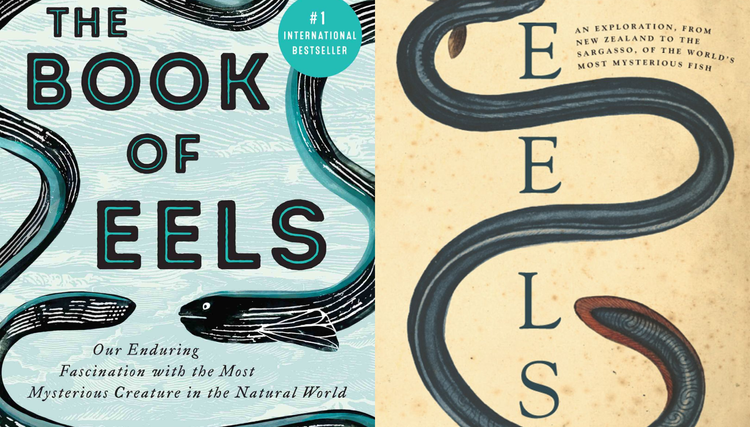

Member Commentary